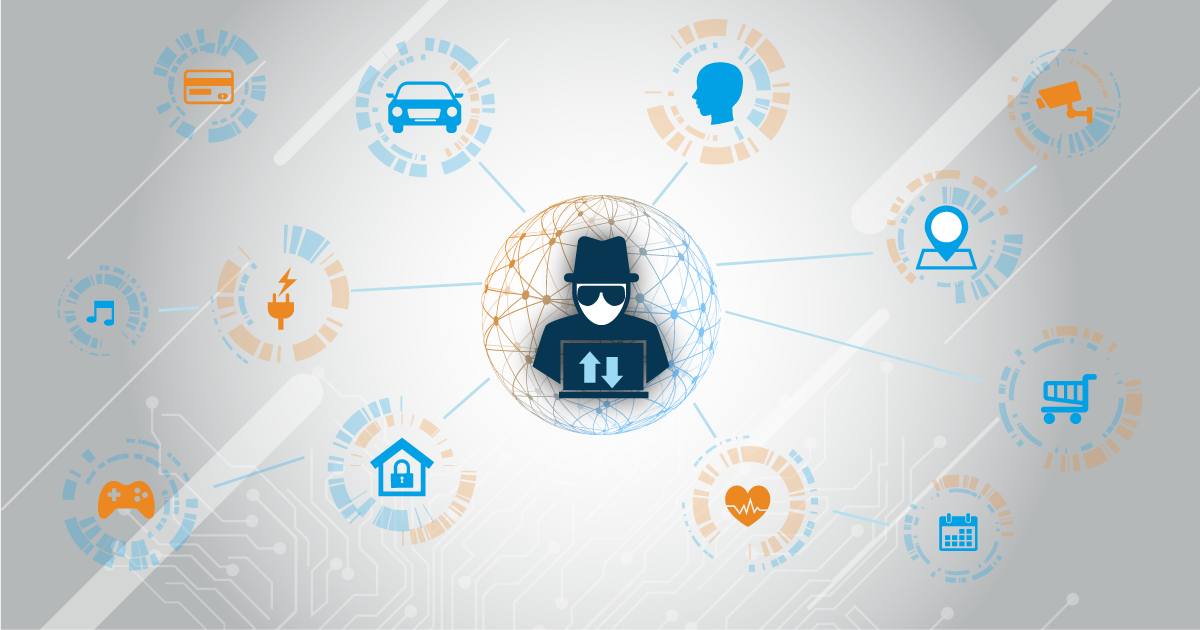The rapid evolution of technology has ushered in an era where everyday objects are becoming smarter. From smart thermostats to connected appliances, the Internet of Things (IoT) has seamlessly integrated into our lives. While this technological advancement brings convenience, it also raises significant concerns about security. With the increasing number of interconnected devices, IoT security has become a paramount concern for individuals and businesses alike.
Understanding IoT Security Challenges
H1: Vulnerabilities in IoT Devices
In this digital age, every device connected to the internet is susceptible to hacking. IoT devices, due to their sheer number and diverse applications, present a vast attack surface for cybercriminals.
H2: Lack of Standardization
The absence of a unified security standard across IoT devices makes them vulnerable. Manufacturers often prioritize functionality and cost-cutting over robust security measures, leaving devices open to exploitation.
H3: Data Privacy Risks
IoT devices collect vast amounts of data, ranging from personal preferences to sensitive information. If not adequately protected, this data can be misused, leading to privacy breaches and identity theft.
H4: Inadequate Encryption Protocols
Many IoT devices transmit data using weak or outdated encryption protocols, making it easier for hackers to intercept and manipulate the information being exchanged.
Addressing IoT Security Concerns
H1: Regular Software Updates
Manufacturers must provide timely security updates to patch vulnerabilities and enhance device security. Users, in turn, should install these updates promptly to ensure their devices are protected against known threats.
H2: Strong Authentication Mechanisms
Implementing robust authentication methods, such as multi-factor authentication, adds an extra layer of security, making it difficult for unauthorized users to gain access to IoT devices and their associated data.
H3: Network Segmentation
Separating IoT devices from the main network through network segmentation can prevent unauthorized access to sensitive data. It limits the potential damage a hacker can inflict if they manage to breach an IoT device.
H4: Data Encryption and Privacy Measures
Utilizing end-to-end encryption for data transmitted between devices and cloud servers ensures that even if intercepted, the data remains unintelligible to unauthorized parties. Additionally, IoT devices should collect only necessary data, minimizing the risk of privacy breaches.
Conclusion
As our lives become more intertwined with IoT devices, understanding and addressing security concerns are paramount. By acknowledging the vulnerabilities and proactively implementing robust security measures, both manufacturers and users can enjoy the benefits of IoT technology without compromising their privacy and safety.
FAQs
Q1: How often should I update my IoT devices?
A1: Regularly check for updates from the manufacturer and install them as soon as they are available. Monthly checks are advisable to ensure optimal security.
Q2: Can IoT devices be hacked remotely?
A2: Yes, IoT devices can be hacked remotely if they have security vulnerabilities. It’s crucial to secure your home network and keep devices updated to minimize this risk.
Q3: What should I do if my IoT device is no longer supported by the manufacturer?
A3: If your device is no longer supported, consider upgrading to a newer model that receives regular security updates. Using unsupported devices can leave you vulnerable to attacks.
Q4: Is it safe to use voice assistants connected to IoT devices?
A4: Voice assistants can enhance your IoT experience, but it’s essential to configure privacy settings and use strong authentication methods to prevent unauthorized access.
Plastic Surgeries Warned by FBI of Cybercriminal Targeting
Q5: How can I check if my IoT devices are secure?
A5: Regularly review the security settings of your devices, enable strong passwords, update firmware, and ensure data encryption is active. Additionally, use reputable security software to scan your network for vulnerabilities.



